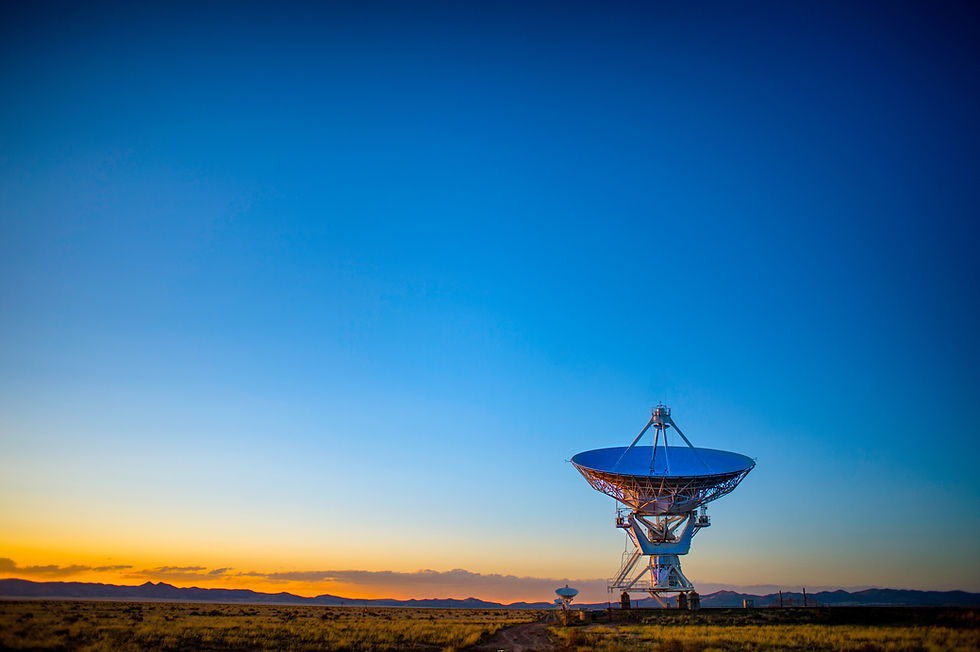10 Revolutionary Space Inventions That Changed the World
- SpaceInfo
- Apr 25, 2024
- 2 min read
Space exploration has not only expanded our understanding of the universe but has also sparked remarkable technological advancements with implications far beyond the cosmos. From communication satellites to life-saving medical devices, innovations driven by space exploration have permeated various aspects of our daily lives. Here, we explore ten space inventions that have revolutionized the world and continue to shape our future.
Communication Satellites
Arguably one of the most impactful space inventions, communication satellites have transformed global connectivity. These satellites facilitate telecommunications, internet access, television broadcasting, and GPS navigation, linking people across continents and enabling seamless communication and information exchange.

Artificial Heart Pump
Originally designed for the space program, the technology behind the artificial heart pump has revolutionized cardiac care. These pumps mimic the natural function of the heart and are used as life-saving devices for patients awaiting heart transplants or those with heart failure.
Velcro
Inspired by the tiny hooks on burrs that stuck to his dog's fur, Swiss engineer George de Mestral developed Velcro. This hook-and-loop fastening system found its way into space suits, securing equipment in zero-gravity environments. Today, Velcro is ubiquitous, used in clothing, footwear, furniture, and countless other applications.
Water Purification Systems
In space, every drop of water is precious. Consequently, innovative water purification systems were developed to recycle and purify wastewater for astronauts' consumption. These technologies have since been adapted for use on Earth, providing clean drinking water in remote areas and during emergencies.
Cordless Tools
The need for lightweight, portable tools in space led to the development of cordless technology. Battery-operated drills and other tools revolutionized construction and maintenance tasks both in space and on Earth, offering increased mobility and convenience.
Memory Foam
Originally developed by NASA to improve seat cushioning and crash protection for astronauts, memory foam has found widespread use in mattresses, pillows, and medical applications. Its ability to conform to the body's shape provides comfort and support, leading to better sleep and reduced pressure points.
Insulin Pumps
Miniaturized pump technology initially developed for space missions has been adapted for medical use, particularly in the treatment of diabetes. Insulin pumps deliver precise doses of insulin, offering diabetic patients greater control over their blood sugar levels and improving quality of life.
Earth Observation Satellites
Satellites equipped with remote sensing instruments enable comprehensive monitoring of Earth's surface, atmosphere, and oceans. These observations are crucial for weather forecasting, disaster management, environmental monitoring, agriculture, and urban planning, providing invaluable data for decision-making and policy formulation.
Scratch-Resistant Lenses
Space missions require durable materials capable of withstanding harsh conditions. The development of scratch-resistant coatings for astronauts' helmet visors led to similar coatings being applied to eyeglasses, sunglasses, and camera lenses, prolonging their lifespan and enhancing optical clarity.
Freeze-Dried Food
Innovations in food preservation for space missions have led to the development of freeze-drying technology. Freeze-dried foods retain their nutritional content and flavor while significantly reducing weight and volume, making them ideal for space travel, camping, and emergency rations.
Conclusion
The exploration of space has fueled a wave of technological innovation that continues to shape our world in profound ways. From revolutionizing communication and healthcare to improving everyday conveniences, space inventions have touched virtually every aspect of modern life. As humanity continues to push the boundaries of space exploration, the potential for further transformative advancements remains limitless.

Comments